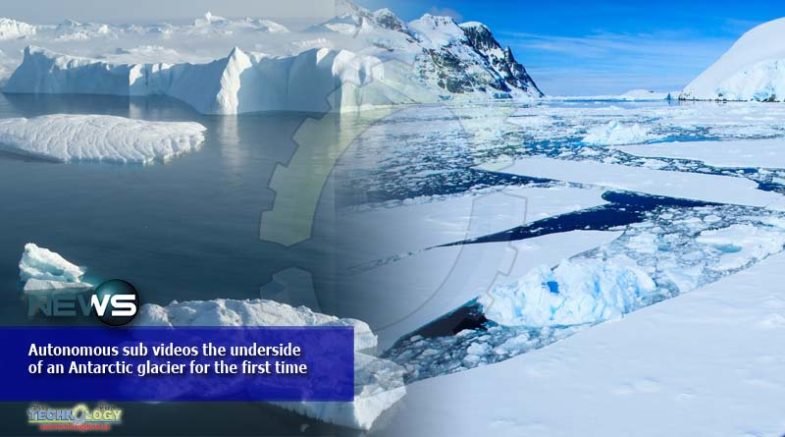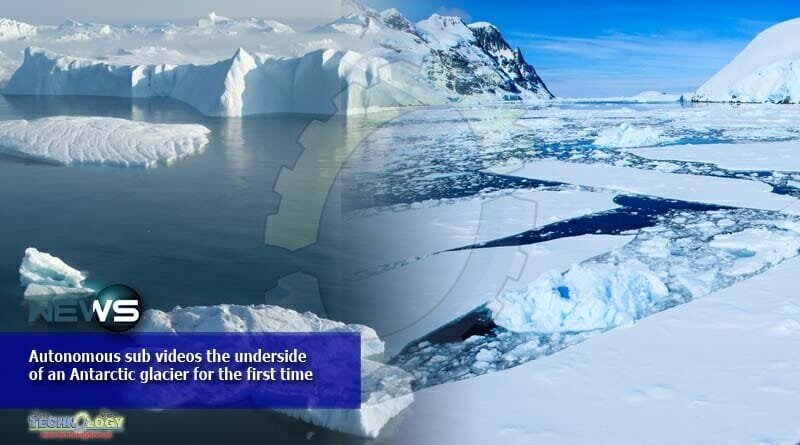The glaciers of Antarctica have a tremendous influence on the climate worldwide, as their melting contributes to considerable sea-level rises. But it’s hard to know the extent to which glaciers are being affected by climate change because the region is changing so quickly.

But scientists have a tool to help them in this mission: The Icefin autonomous underwater vehicle, which has just captured the view from underneath the Thwaites Glacier in Antarctica for the first time.
Icefin explores beneath the ice using sonar, chemical, and biological sensors, so it can access and study difficult-to-access areas and collect information on the ocean and on structures like glaciers. The technology could even be used to explore ocean environments on other planets in our solar system, such as Enceladus, the moon of Saturn, which has an ocean beneath an icy crust.
Rob Robbins, USAP Diver
“We designed Icefin to be able to finally enable access to grounding zones of glaciers, places where observations have been nearly impossible, but where rapid change is taking place,” Britney Schmidt, lead scientist for Icefin and associate professor in Georgia Tech’s School of Earth and Atmospheric Sciences, said in a statement. “We’re proud of Icefin, since it represents a new way of looking at glaciers and ice shelves. For really the first time, we can drive miles under the ice to measure and map processes we can’t otherwise reach. We’ve taken the first close-up look at a grounding zone. It’s our ‘walking on the moon’ moment.”
Getting Icefin into place in one of the most hostile regions on Earth came with significant challenges, like extreme winds and temperatures which went as low as minus 22 degrees Fahrenheit. The team had to drill through almost half a mile of ice using hot water to open up access to the ocean, so that they could lower Icefin into place and let it explore.
The findings from Icefin are not only a demonstration of the sub’s capabilities, but also a shocking visual of the impact of climate change on Antarctica. The melting of the Thwaites Glacier accounts for 4% of global sea level rise, and it is one of the regions of the continent which is changing fastest, with scientists estimating that the amount of ice flowing off it and its surrounding glaciers has almost doubled in the last 30 years.
